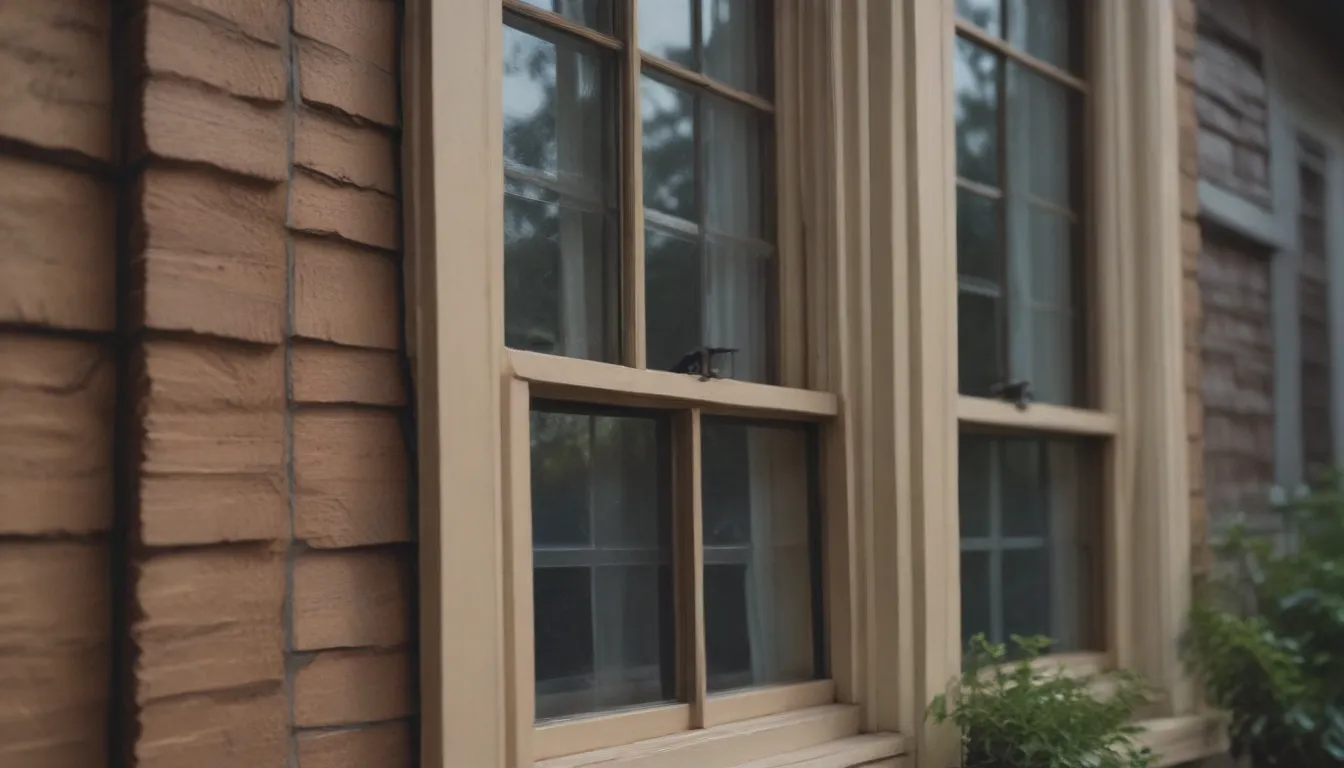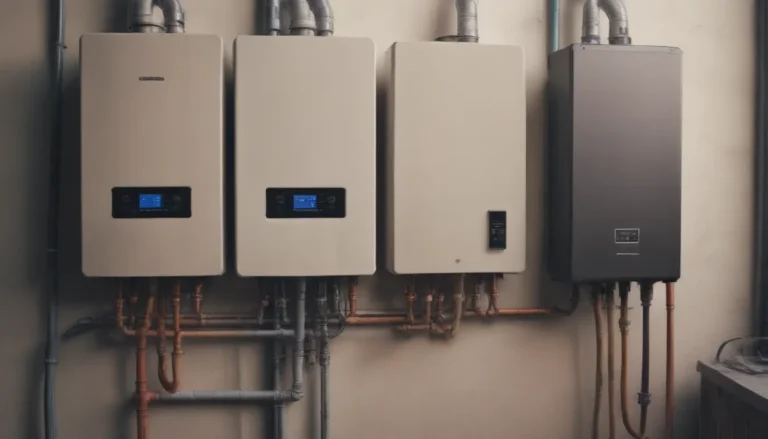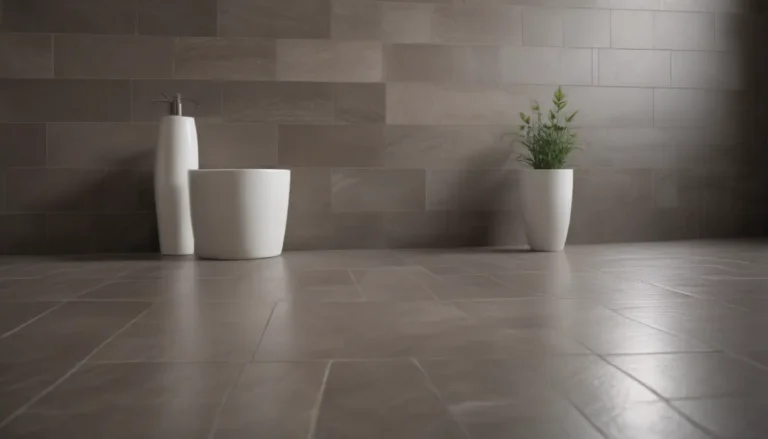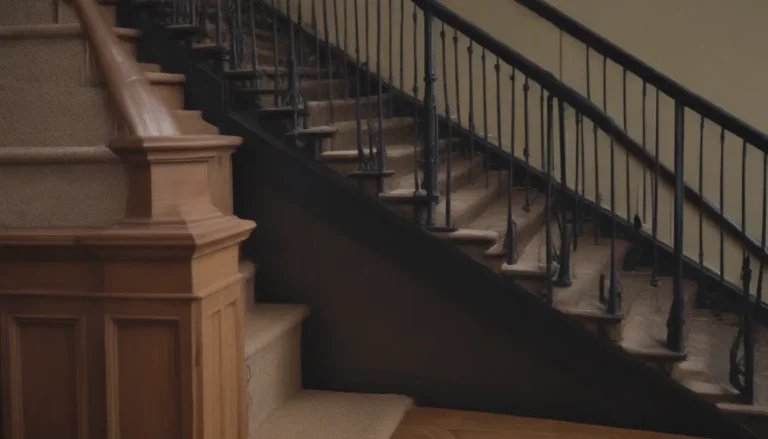A Comprehensive Guide to Casement vs Double-Hung Windows

Are you in the market for new windows but not sure which type to choose? When it comes to replacement windows or new-construction windows, two popular options are casement windows and double-hung windows. While these two window types share some similarities, they are designed for different purposes. By evaluating factors such as opening styles, energy efficiency, operation mechanisms, costs, and durability, you can better understand the distinctions between casement and double-hung windows, making it easier to decide which option is best for your home.
Understanding the Major Differences
The primary discrepancy between casement and double-hung windows lies in how they open and close. Casement windows feature hinges on one side, allowing them to swing open horizontally like a door. On the other hand, double-hung windows operate by sliding sashes vertically up and down. This fundamental variance in opening styles is crucial to consider when selecting the right windows for your property.
Another key difference between these window types is the method of operation. Casement windows are typically controlled by a manual crank located on the interior of the house. By turning the crank, a gearbox is engaged to push the window open or close. In contrast, double-hung windows consist of both upper and lower sashes that can be maneuvered by lifting a handle and sliding the sash up or down.
Casement Windows: Pros and Cons
Pros:
- Easy to open and close
- Ideal for individuals with limited mobility
- Allows for precise control of airflow
Cons:
- Limited compatibility with standard window air conditioners
- Potential risk of sash detachment in strong winds
- Challenging to operate multiple windows simultaneously
Casement windows are praised for their ease of operation, as the simple cranking mechanism makes opening and closing them effortless. This feature makes casement windows an excellent choice for individuals with disabilities or mobility issues. Additionally, casement windows offer superior control over airflow, allowing you to direct breezes into your home effectively.
However, there are some drawbacks to consider when opting for casement windows. These windows may not accommodate standard window air conditioners, requiring the installation of specialized A/C units. Furthermore, gusts of wind can catch the sash and potentially rip it away if not properly secured. Additionally, the cranking operation may be time-consuming when operating multiple casement windows at once.
Tip:
Proper positioning of casement windows can maximize airflow and ventilation throughout your home. Be mindful of potential obstructions that may hinder the smooth operation of multiple casement windows.
Double-Hung Windows: Advantages and Disadvantages
Pros:
- Diverse selection of styles available
- Lower failure rate compared to casement windows
- Child and pet-friendly safety feature
Cons:
- Difficulty in reaching and operating windows in high places
- Sash frame may obstruct view when cleaning
- Potential for spring balance failures
Double-hung windows offer a wide variety of styles to choose from, catering to different aesthetic preferences and architectural designs. These windows boast a lower failure rate in comparison to casement windows, ensuring longevity and durability. Additionally, double-hung windows feature a safety measure that allows you to lock the lower sash while keeping the upper sash open, making them ideal for households with children and pets.
On the downside, reaching and operating double-hung windows in high or hard-to-reach locations can be challenging. Cleaning the exterior of double-hung windows may also be more cumbersome due to the sash frame, which can obstruct the view during maintenance. Moreover, there is a potential risk of spring balance failures in double-hung windows over time.
Comparing Casement and Double-Hung Windows
Latching
- Casement windows: Operated by a manual crank on the interior of the house
- Double-hung windows: Feature upper and lower sashes that slide vertically for operation
Cost
- The cost of casement windows may vary depending on the material, size, and brand
- Double-hung windows are generally more affordable compared to casement windows
Styles
- Casement windows offer a sleek and modern aesthetic, suitable for contemporary homes
- Double-hung windows come in various designs to complement traditional and classic architectural styles
Mechanical Issues
- Casement windows may experience crank failure or sash detachment in extreme weather conditions
- Double-hung windows may encounter spring balance failures or difficulty in operation over time
Energy Efficiency
- Casement windows provide excellent insulation and energy savings due to their tight seal when closed
- Double-hung windows offer good ventilation but may be less energy-efficient compared to casement windows
In conclusion, when choosing between casement and double-hung windows, it’s essential to consider your specific needs and preferences. While casement windows excel in ease of operation and airflow control, double-hung windows offer versatility in style and safety features. By weighing the pros and cons of each window type and evaluating factors such as cost, maintenance, and energy efficiency, you can make an informed decision that suits your home’s requirements. Remember to consult with a professional window installer for expert advice and guidance on selecting the right windows for your property.





